Stainless Steel is an integral component of most products. The durability and resilience to sustain the immense force make it the ultimate choice for consumers.
However, stainless steel is available in different shapes and sheets. Consumers must cut through the stainless steel to manufacture various materials and make the desired products.
But the problem is about the cutting process and guide. However, no worries at all, as we’ll walk you through how to cut stainless steel sheet metal like a seasoned artisan.
Understanding Stainless Steel Sheets: Choosing the Right Thickness and Tools
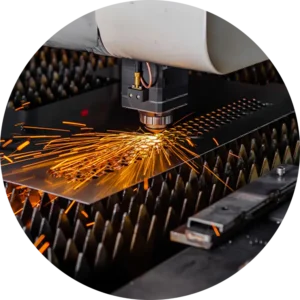
You can’t bring a gun to the scene when a small knife can do the job. Why waste money? That often happens when you have the wrong tools for the required thickness of the stainless steel materials.
There are three most common types of thicknesses of the stainless steel sheets. These include:
Thin Sheets (up to 18-gauge / <1.2 mm)
Thin sheets require the least power tools. Here is what makes the following tools sufficient for this.
- Go-to Tools: Aviation snips, nibblers, or electric shears
- Best for: HVAC ducts, kitchen splashbacks, light panels
Medium Sheets (18 to 14-gauge / 1.2 to 2 mm)
You can cut the medium sheets with medium force and less heavy-duty tools. The typical examples of heavy-duty tools and applications are:
- Go-to Tools: Jigsaw with a bi-metal blade, circular saw with a carbide blade
- Best for: Equipment housings, architectural panels, countertops
Thick Sheets (12-gauge and thicker / >2 mm)
Thick sheets mean the powerful system required to cut through the system. Usually, you should consider the standard tools for the thin.
However, consider choosing an angle grinder, plasma cutter, or waterjet cutter for the higher thickness. These are best for structural steel, heavy-duty machinery, and industrial applications.
Factors to Consider When Cutting Stainless Steel Sheets
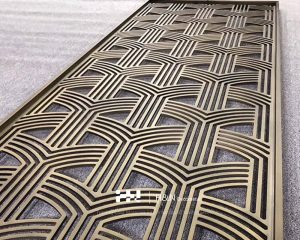
Are you down to cutting the stainless steel sheets? There are a few factors that promise a perfect DIY job! The efficiency touches the sky if you tailor your cutting jobs according to them.
Let’s have those factors onboard.
Mechanical properties
Stainless Steel cutting is not a walk in the park, mainly due to its high mechanical strength. When you try to shape the material, it gets wrapped due to excessive heating or doesn’t bend appropriately due to the least heating. When shaping the stainless steel sheets, consider their mechanical strength and check their endurance.
Thickness
A thick sheet means more strength. If you are wondering about the thickness, three types of thicknesses are discussed above.
Tools and precise cutting vary from one type to another. When choosing the right tool, consider the thickness as well.
Cutting Tool durability
No ordinary tool can make a place in the cutting. Robust laser systems like the carbide lasers are there to cut through the surface and make the cutting dreams come true. For the strong stainless steel sheets, you should consider what tools you are using and ensure they suit your conditions.
Heat management
Overheating or lower heat doesn’t bring the expected results. They cause serious failures, especially when you are using the wrong heat.
Carbide-tipped cutters and industrial lasers provide a range of heat. You should try the accurate heat and get the expected results.
Precision requirements
The precision of cutting depends on various factors. For example, the nature of the equipment and cutting techniques matter a lot. For example, the laser jet creates precise and accurate cuts compared to the other options. Moreover, CNC machines can improve cutting techniques and provide the ultimate accuracy.
Step-by-step Guide to Cutting the Stainless Steel Sheets
Stainless Steel is not a child’s play. Therefore, you can’t rely on the random cutting processes. Instead, choose the tried and true methods for cutting the stainless steel.
We have added a step-by-step guide to cut the stainless steel sheets.
Step 1: Measure Twice and Cut Once
Stainless steel comes with the sheets. It should be your take on the surface. Take the measuring tape and measure twice. Once you have measured, draw lines on the cutting and cut the surface once.
Step 2: Secure your sheet
Sheets can slip easily. The slipping problem is more prominent when you cut through the sheets. Use the clips and secure the sheets properly. Check if there is any problem with the fixing. Once you have clamped the sheet, you are good to go!
Step 3: Choose the right tools
Don’t you want to make your efforts go down the drain? If yes, go for the right tools. Based on the different factors, you can choose the following tools.
- When purchasing saws and grinders, use carbide-tipped or diamond blades for efficient cutting and precise results.
- When purchasing snips, make sure they are sharp as a tack and designed for stainless applications.
Step 4: Make the Cut
Thorough and precise cutting is necessary. First, check the quality and consider the cut size and shape.
If there is excessive heat, you can use:
- Apply cutting fluid or oil where possible.
- Use two hands and guide the tool gently.
Step 5: Deburr and Finish the Edges
Let’s not make the sharp edges that cause the injury and let you wrap the bandage. Go with the better choices.
Deburr and finish the edges. Make it smooth and qualitative.
Cutting Method for Stainless Steel Sheets
Are you ready to put your hands on the stainless steel sheets? Relax and keep your head high.
We have evaluated the different types of cutting methods.
Tin Snips
Tin snips are one of the most famous tools used excessively for cutting thin sheets of stainless steel. Its scissors shape makes it super easy to cut through the surface.
The pros are:
- Cost-effective
- No power source required
- Ideal for minor, precise cuts
The cons are:
- Requires physical effort
- Not suitable for thick sheets
Angle Grinder
Who doesn’t know the angle grinder? The name is sufficient to highlight its functionality. This tool contains a cutting disc and can handle thicker sheets.
The pros are:
- Versatile and powerful
- Suitable for various thicknesses
The cons are:
- Generates sparks and heat
- Requires steady hands for precision
Jigsaw
If you have stainless steel sheets with irregular shapes and want to make cuts, jigsaw is the ultimate tool on your side. It has a fine-toothed blade that cuts quickly and easily.
The pros are:
- Great for detailed work
- Portable and easy to handle
The cons are:
- Slower than other methods
- The blade may wear quickly
Circular Saw with Carbide Blade
In contrast with the jigsaw, a circular saw with a carbide-tipped blade can make a straight cut on the sheets. Therefore, it looks cool and produces the best quality results for the stainless steel sheets.
The pros are:
- Fast and efficient
- Suitable for straight, long cuts
The cons are:
- It is not ideal for intricate shapes
- Produces noise and sparks
Plasma Cutter
Do you have thick sheets of stainless steel materials? It should not be hard to cut through such sheets. Why? Because the immense force generated by the plasma cutter is sufficient to cut through the surface quickly.
The pros are:
- Cuts through thick sheets with ease
- High precision and speed
The cons are:
- Expensive equipment
- Requires training and safety precaution
Water Jet Cutter
You might not have observed the phenomenon that a high-pressure water stream can do the magic. Don’t worry; we have a perfect example here. The water jet cutter uses a high-pressure water stream that makes the precise cut monitored through various tools.
The pros are:
- No heat-affected zones
- Extremely precise
The cons are:
- High operational costs
- Not suitable for on-site work
Laser Cutter
You might have observed the laser cutting. It is a perfect alternative for the water jet and creates precise cuts through the stainless steel sheets. You’ll love the quality of the cuts.
The pros are:
- Clean cuts with minimal waste
- Suitable for mass production
The cons are:
- High initial investment
- Requires skilled operators
| Method | Sheet Thickness | Précision | Cost | Portability | Best For |
| Tin Snips | Thin | Low | Low | High | Small, straight or curved cuts |
| Angle Grinder | Medium-Thick | Medium | Medium | High | Quick, rough cuts |
| Circular Saw | Medium | Medium | Medium | Medium | Straight, long cuts |
| Jigsaw | Thin-Medium | High | Medium | High | Curved or intricate cuts |
| Plasma Cutter | Thick | High | High | Low | Industrial, thick sheet cutting |
| Water Jet Cutter | All | Very High | Very High | Low | Precision, heat-sensitive cuts |
| Laser Cutter | Thin-Medium | Very High | Very High | Low | Mass production, intricate cuts |
Conclusion
Stainless steel can be an unbreakable shield, but it is possible when you buy it from the right supplier. When cutting the steel sheets, you should contact the best choices in the town.
Do you want to know the best suppliers for your stainless steel sheets?
H&N Deco Metal suppliers are known for their premium quality and affordable prices. Their steel grips the highest standards and provides value to the consumers. Do you want to look at the steel materials? Check out steel right away!

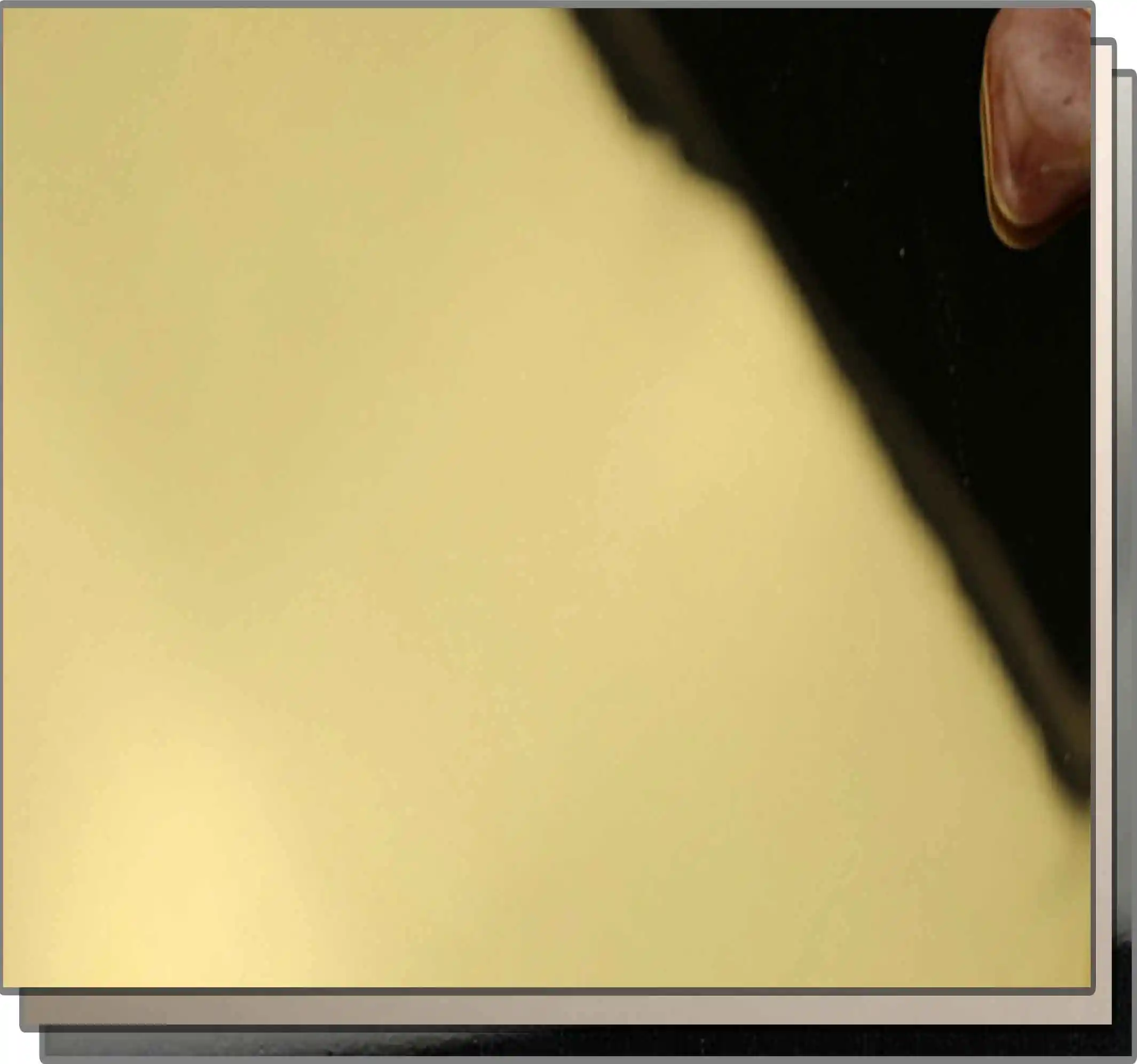
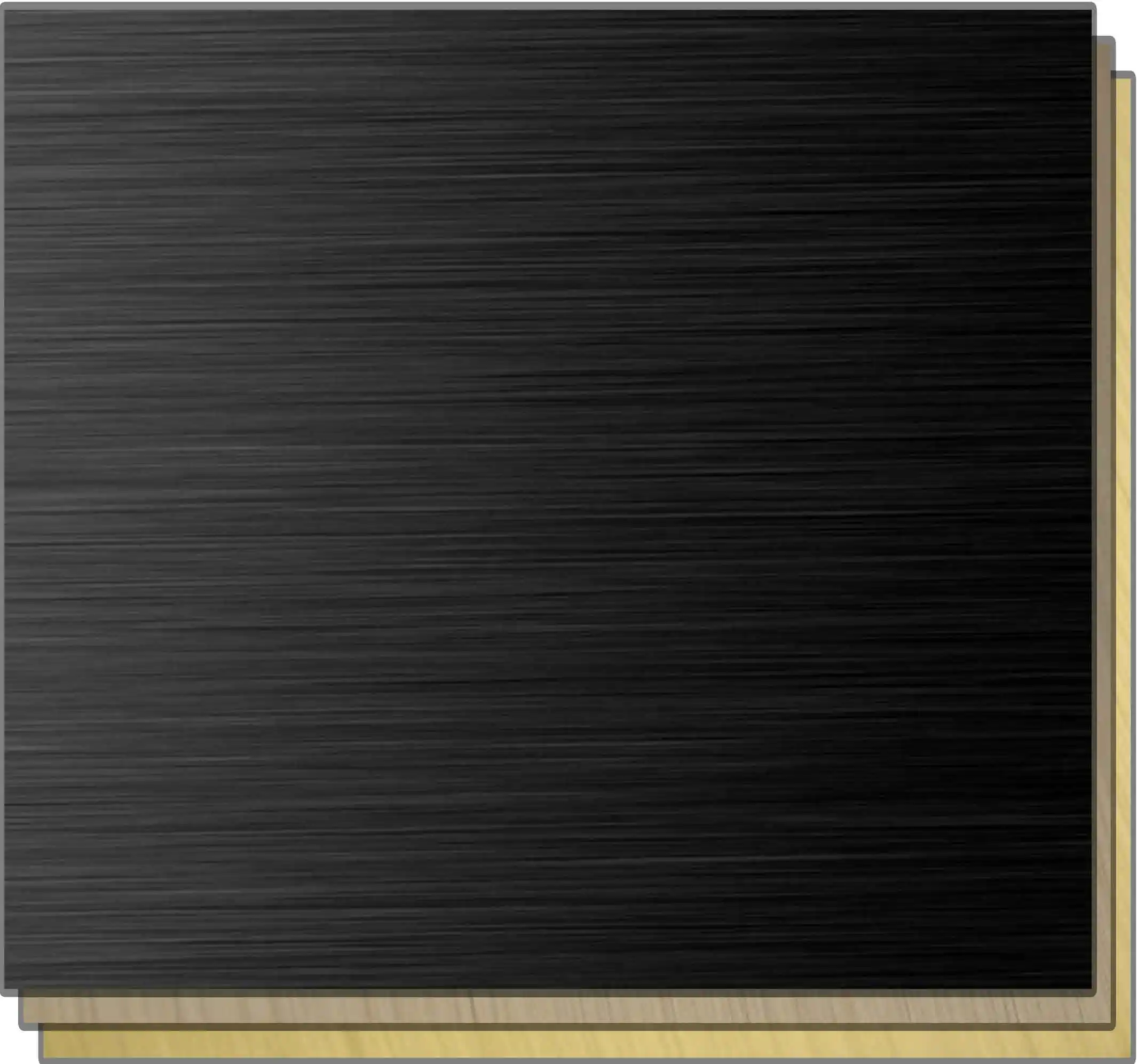
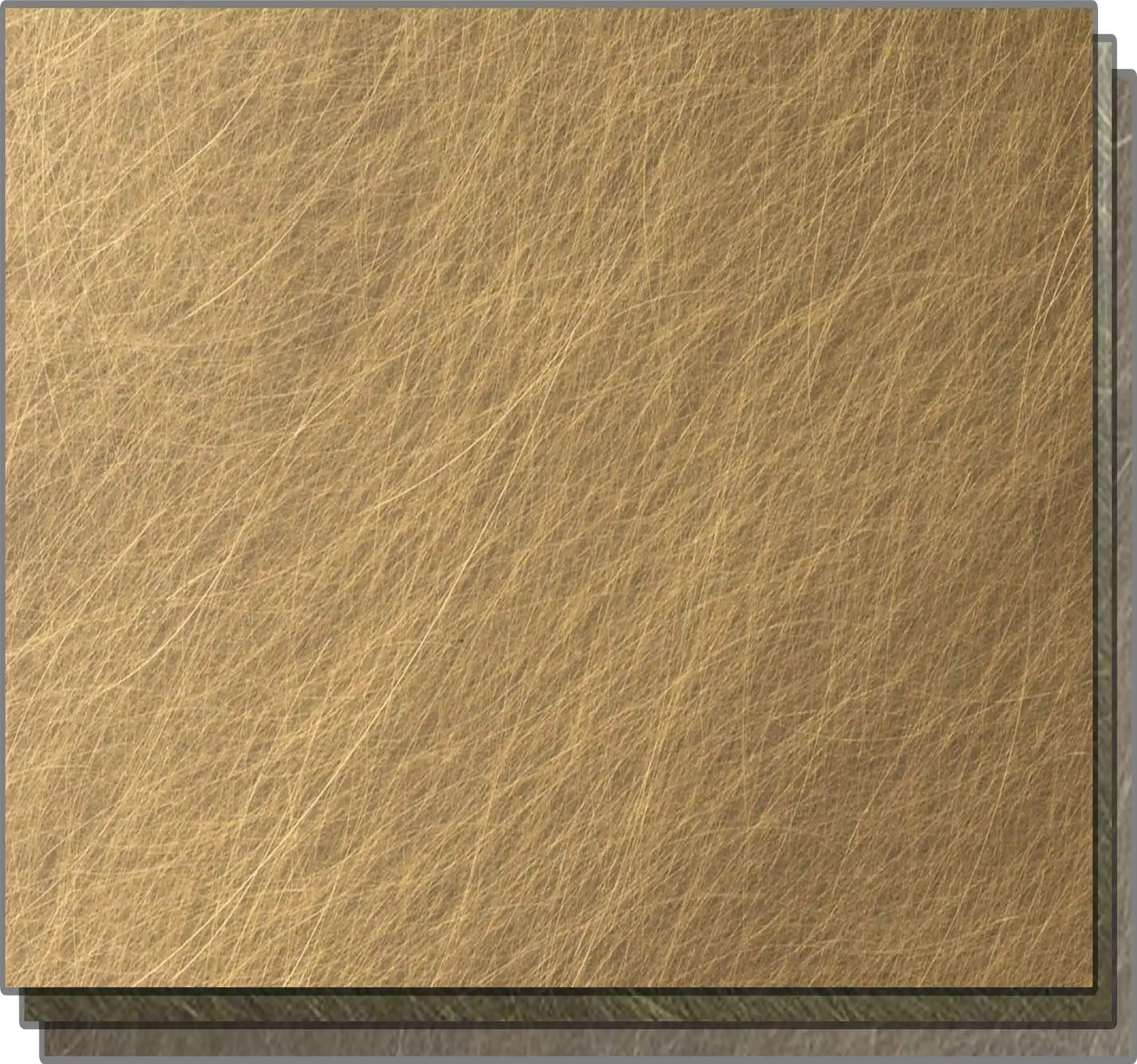
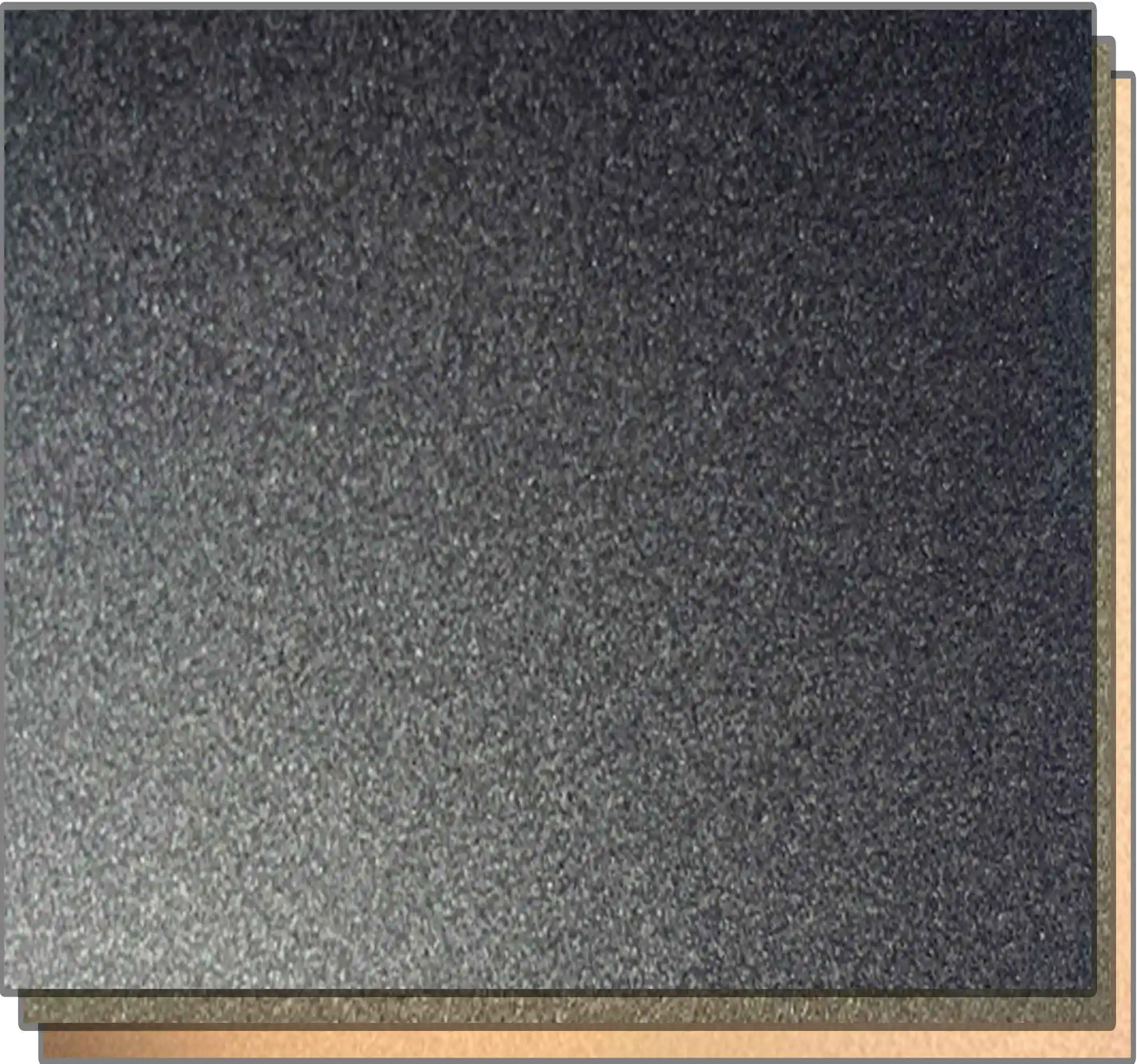
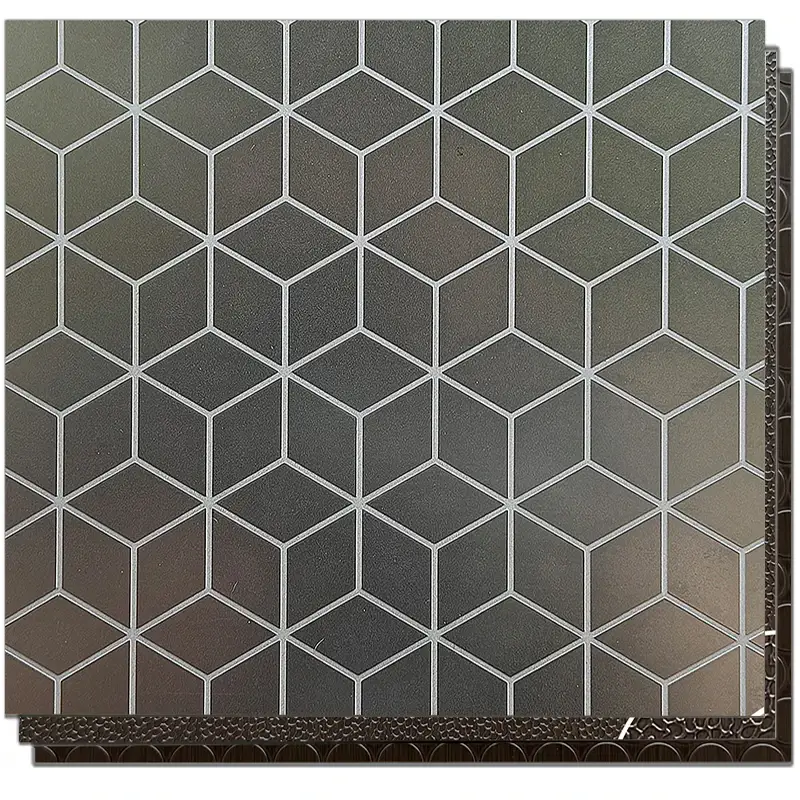
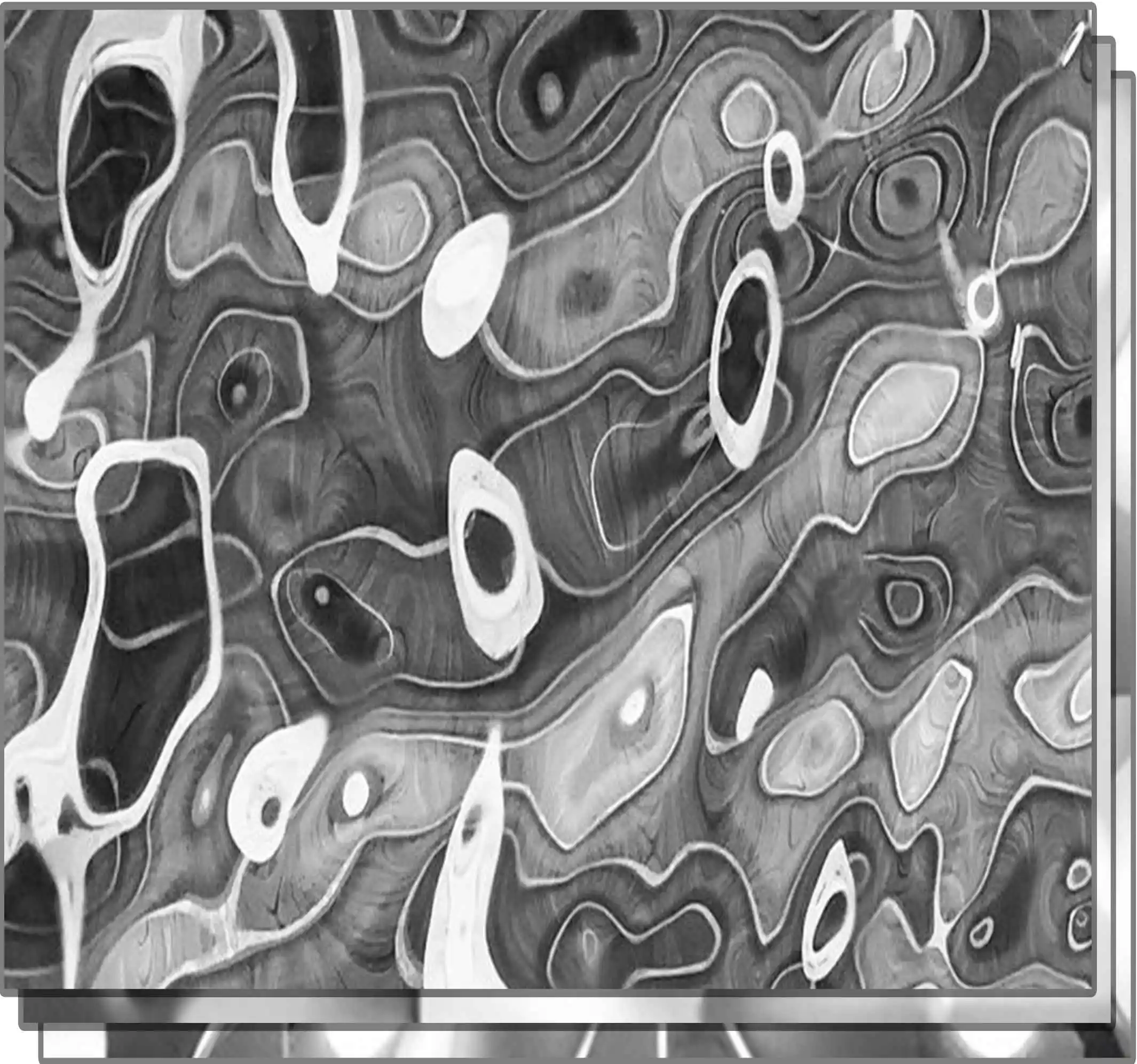
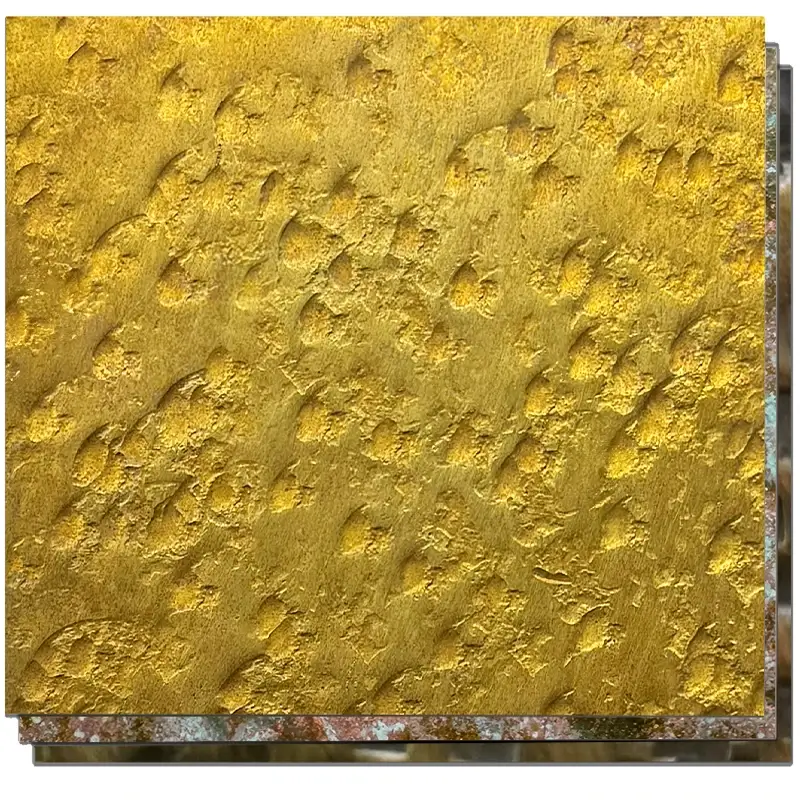
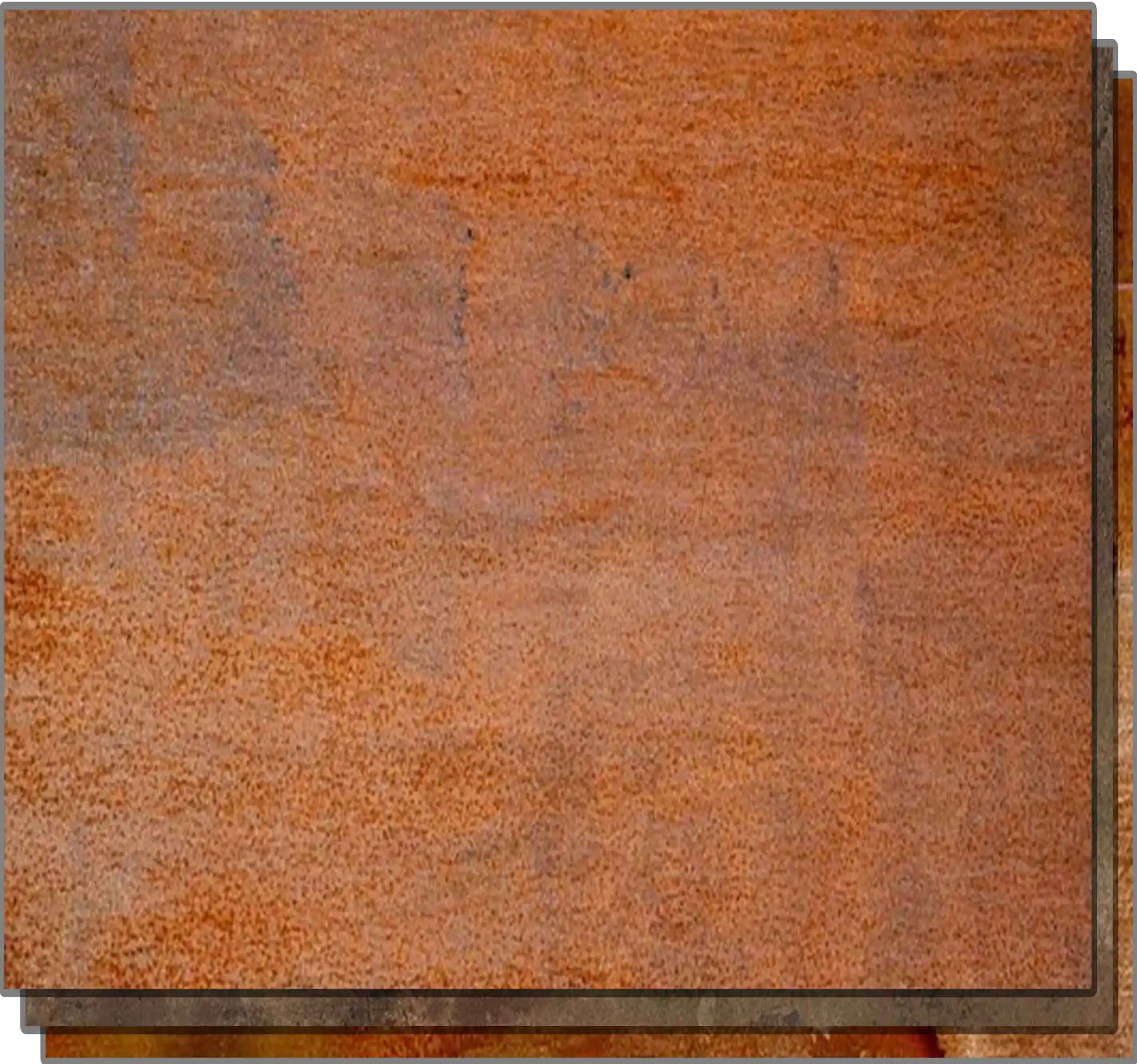
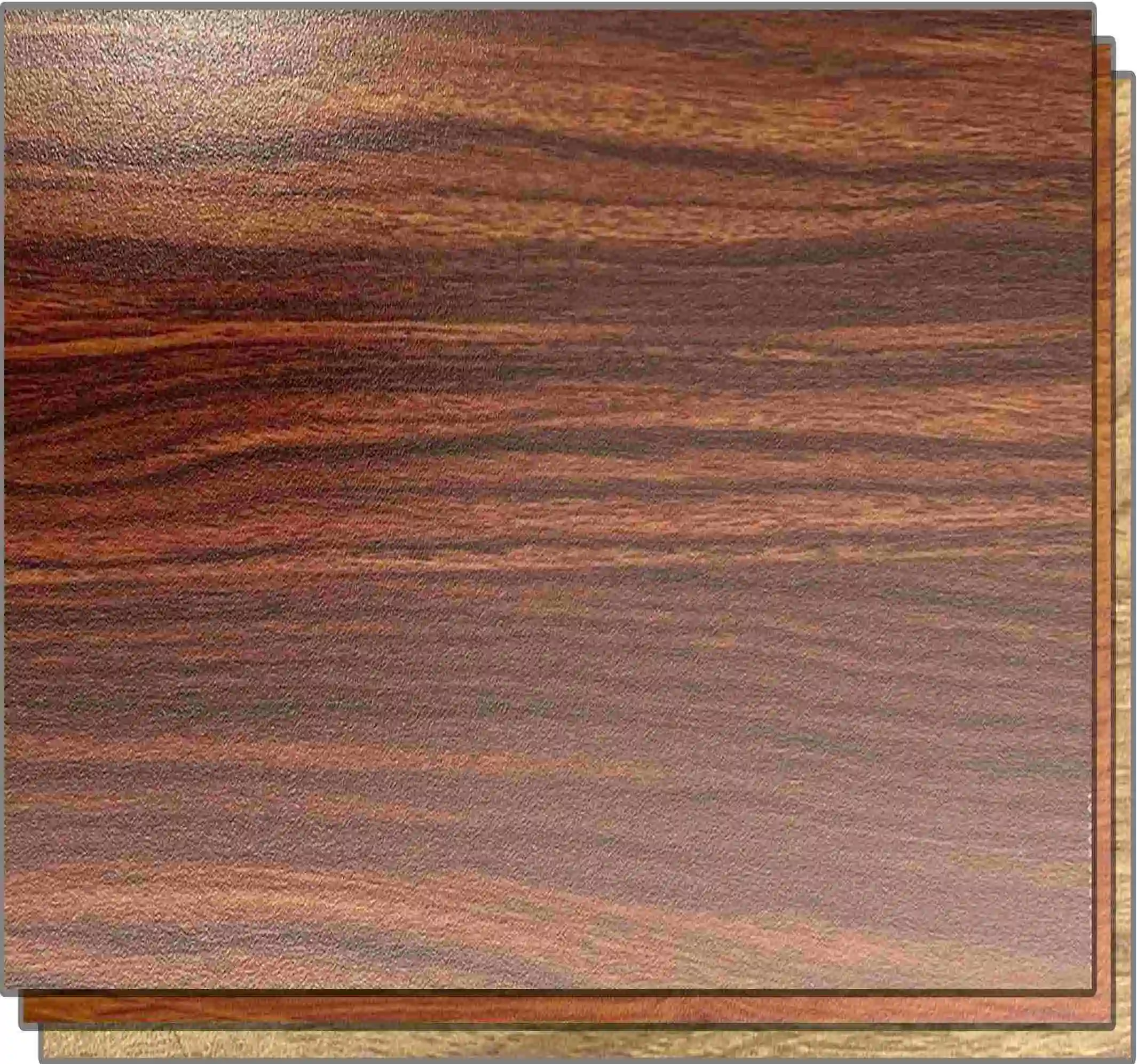
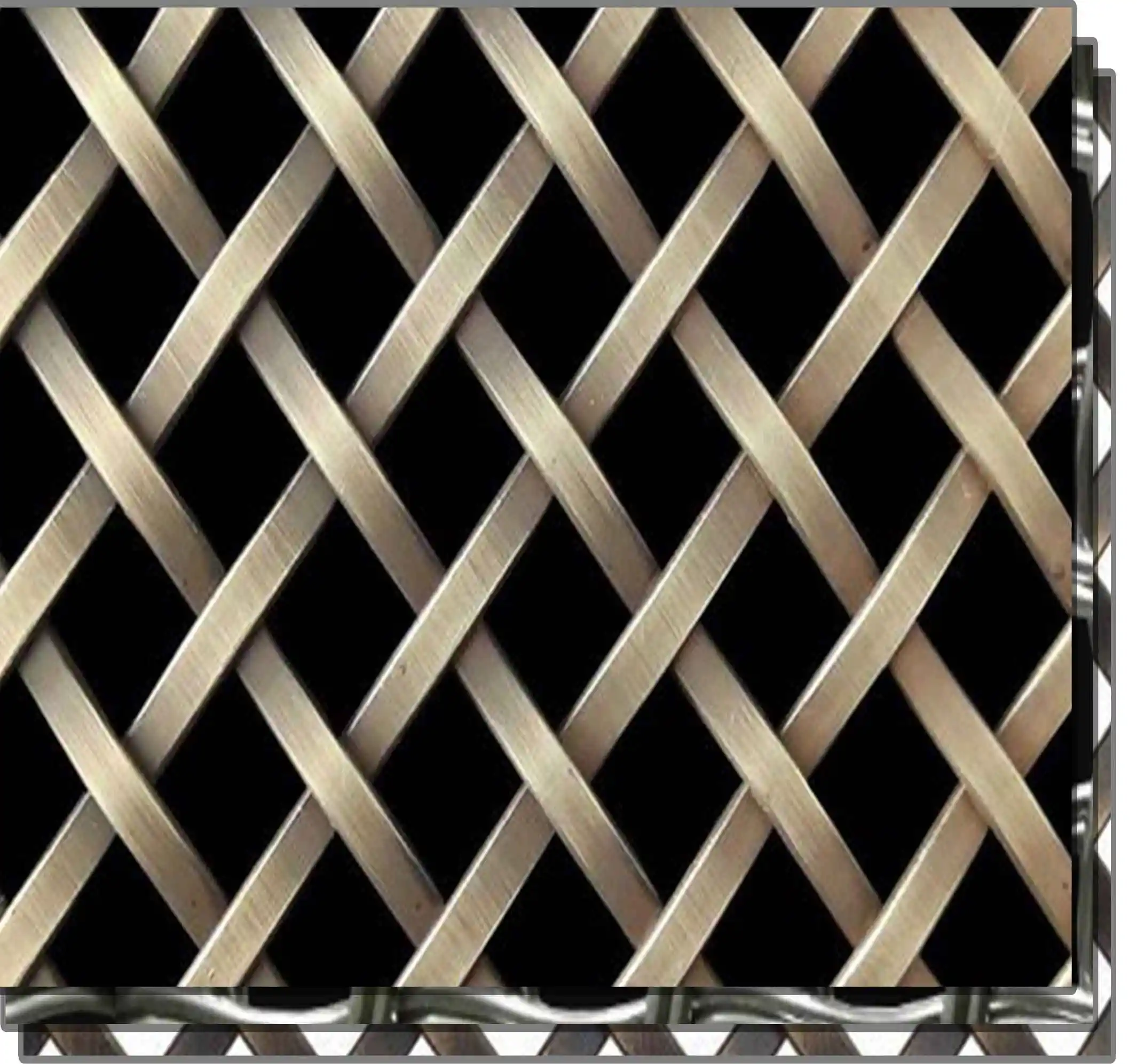
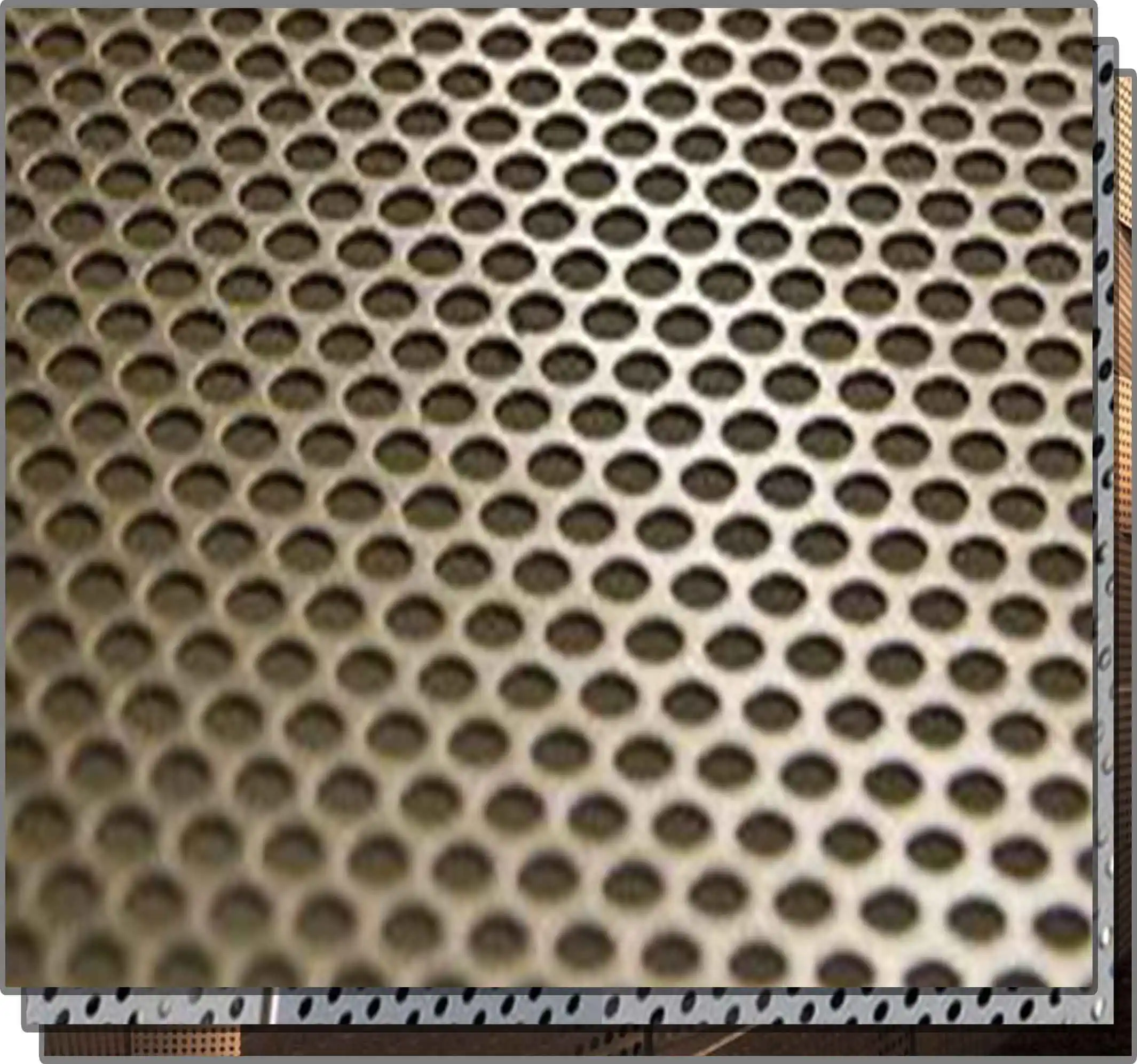
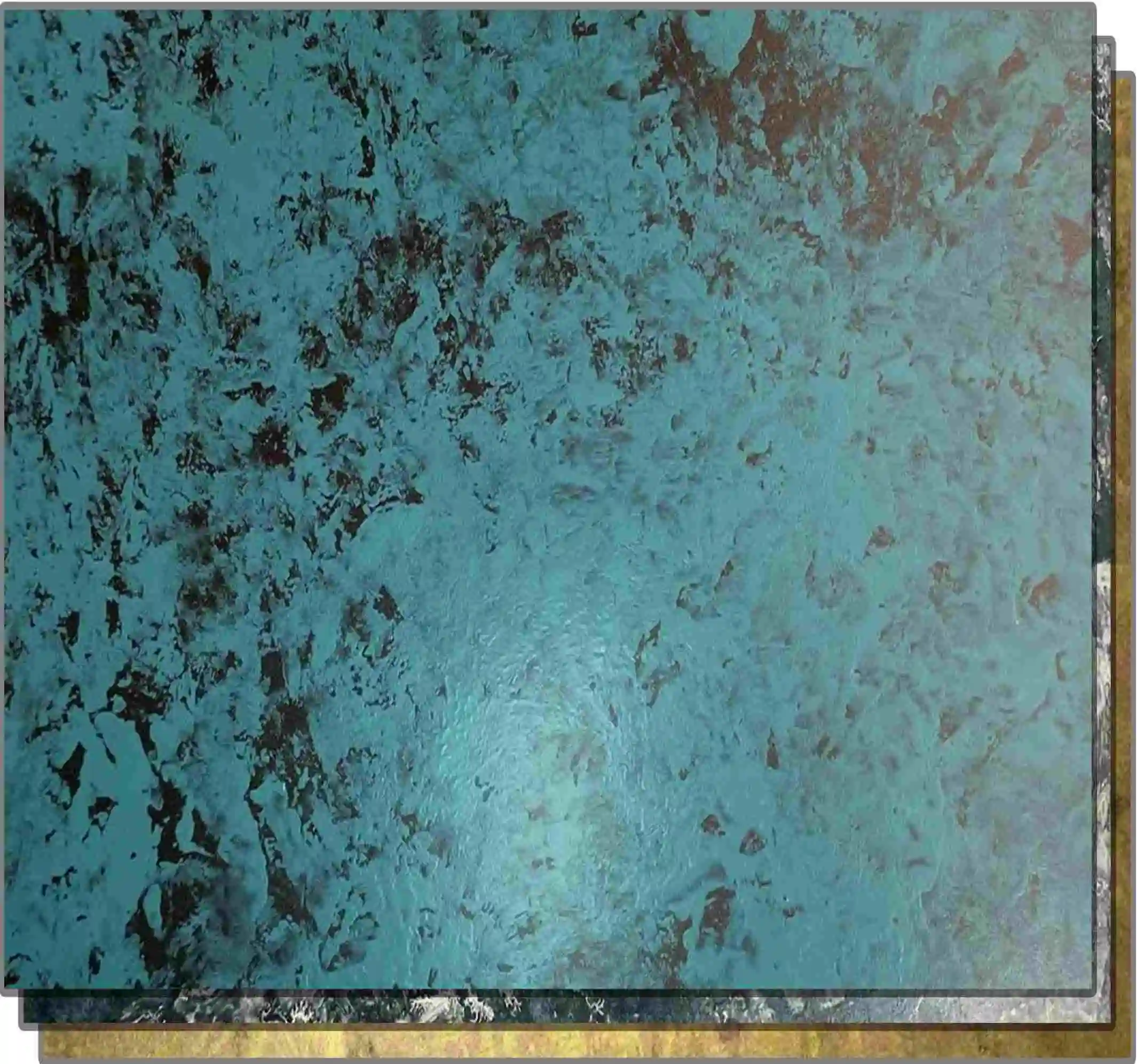
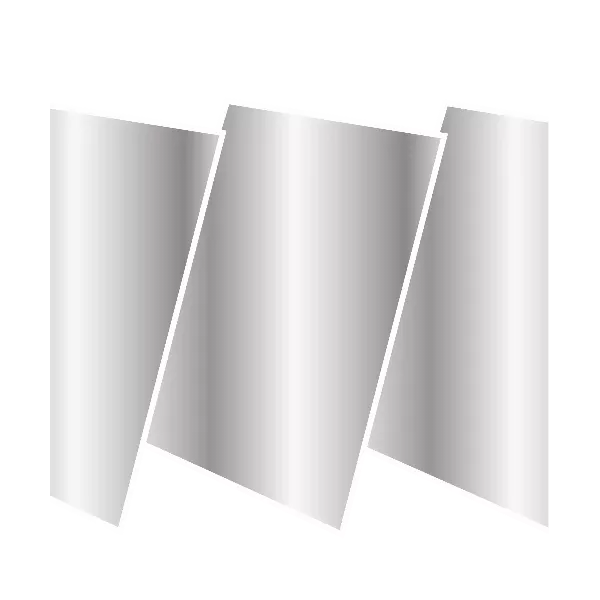


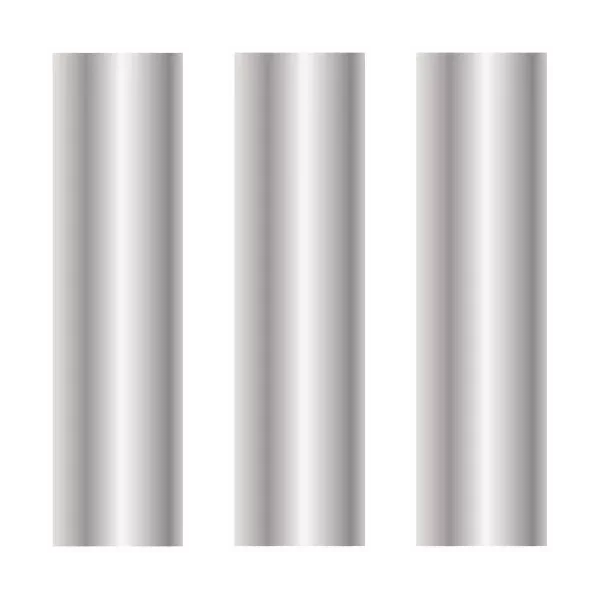
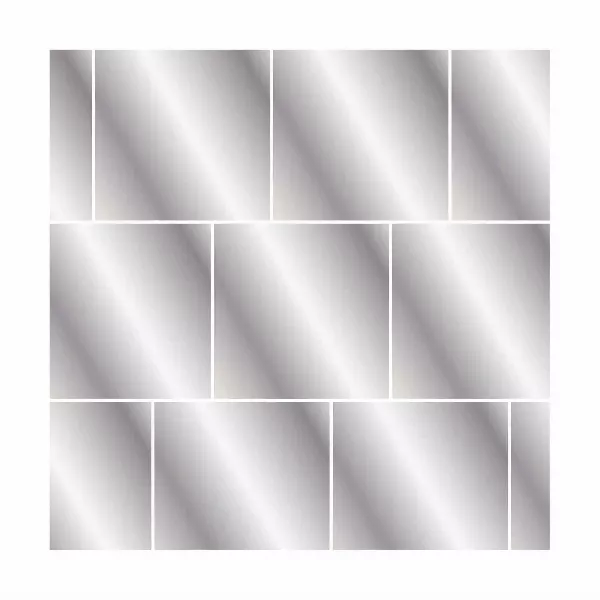

Nouvelles connexes
2025-05-20
2025-05-16
2025-05-06
2025-04-22